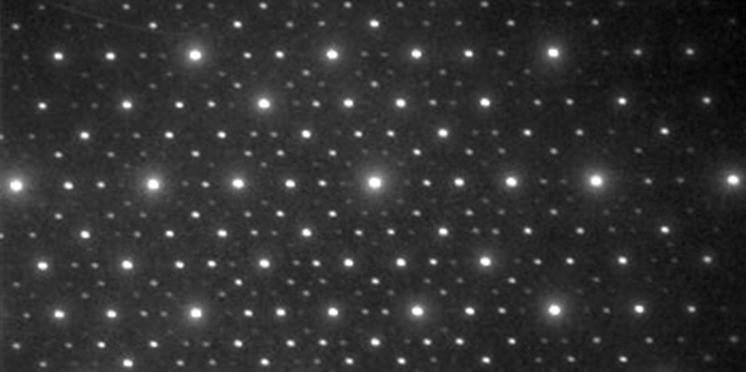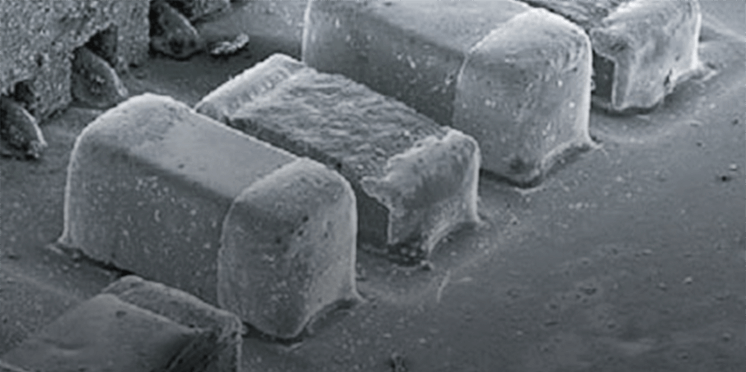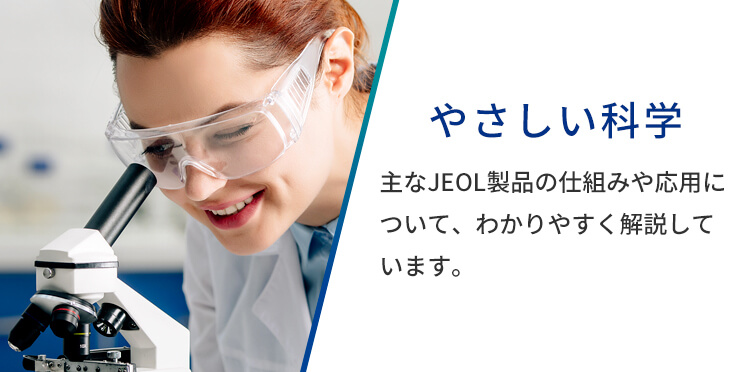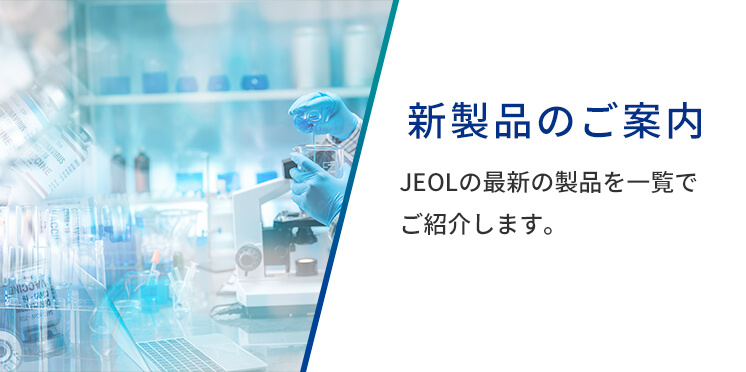加圧凍結(高圧凍結)
加圧凍結(高圧凍結)
high-pressure freezing
[目次:試料作製]
SEMで生物、食品、塗料等の含水試料を観察するために、試料を高圧化で凍結して本来の状態に近い形態に保持する方法。
試料を専用カートリッジに装填後、専用装置を用いて液体窒素のジェット流によりカートリッジに210 MPa程度の圧力をかけて凍結させることで、大気圧下での凍結(通常の急速凍結法による凍結)に比べ、数十倍の深さ(200 µm程度)まで一様で氷晶の影響がない凍結を行うことができる。高圧をかけることで、水の融点が下がり粘性が上がるため、試料形状の破壊の原因となる氷晶の形成が抑えられる。凍結した試料は、クライオSEM法を用いて観察するか、凍結置換及び凍結乾燥を行った後に常温のSEMで観察する。
High pressure freezing is one of physical fixation methods to freeze water-containing specimens such as living organisms, foods and paints under a high-pressure environment, by keeping them close to their original form for scanning electron microscope (SEM) observation.
In this method, a specimen is loaded into a dedicated cartridge, and then, the specimen in the cartridge is frozen under applying a high pressure of about 210 MP with a jet of liquid nitrogen to the cartridge using a dedicated tool.
The high-pressure freezing enables a uniform and ice-crystal-free freezing to a depth of several tens of times greater (around 200 μm) than freezing under atmospheric pressure (ordinary rapid freezing). The high pressure lowers the melting point of water and increases its viscosity, thus suppressing ice-crystal formation which can destroy the morphological structure of the specimen.
関連用語から探す
説明に「加圧凍結(高圧凍結)」が含まれている用語






